Search Thermo Fisher Scientific
图: 1 / 10
Optineurin Antibody (702766) in ICC/IF
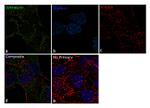

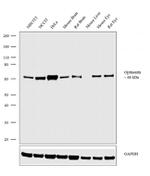
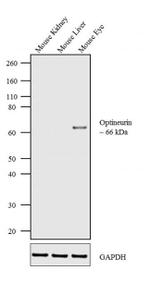


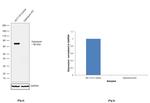
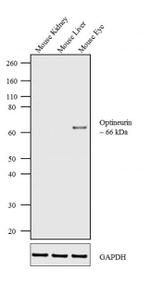


产品信息
702766
种属反应
宿主/亚型
Expression System
分类
类型
克隆号
抗原
偶联物
形式
浓度
纯化类型
保存液
内含物
保存条件
运输条件
RRID
产品详细信息
This antibody is predicted to react with Monkey, Horse, cat.
Recombinant rabbit monoclonal antibodies are produced using in vitro expression systems. The expression systems are developed by cloning in the specific antibody DNA sequences from immunoreactive rabbits. Then, individual clones are screened to select the best candidates for production. The advantages of using recombinant rabbit monoclonal antibodies include: better specificity and sensitivity, lot-to-lot consistency, animal origin-free formulations, and broader immunoreactivity to diverse targets due to larger rabbit immune repertoire.
靶标信息
This gene encodes the coiled-coil containing protein optineurin. Optineurin may play a role in normal-tension glaucoma and adult-onset primary open angle glaucoma. Optineurin interacts with adenovirus E3-14. 7K protein and may utilize tumor necrosis factor-alpha or Fas-ligand pathways to mediate apoptosis, inflammation or vasoconstriction. Optineurin may also function in cellular morphogenesis and membrane trafficking, vesicle trafficking, and transcription activation through its interactions with the RAB8, huntingtin, and transcription factor IIIA proteins. Alternative splicing results in multiple transcript variants encoding the same protein.
仅用于科研。不用于诊断过程。未经明确授权不得转售。
篇参考文献 (0)
生物信息学
蛋白别名: 14.7K-interacting protein 2; Ag9 C5; E3-14.7K-interacting protein; FIP 2; FIP-2; FIP-2-like protein; HIP 7; HIP-7; Huntingtin interacting protein L; Huntingtin yeast partner L; Huntingtin-interacting protein 7; Huntingtin-interacting protein L; NEMO-related protein; Optic neuropathy-inducing protein; Optineurin; TFIIIA IntP; TFIIIA-INTP; Transcription factor IIIA-interacting protein; transcrption factor IIIA-interacting protein; tumor necrosis factor alpha-inducible cellular protein containing leucine zipper domains; Uban
基因别名: 4930441O07Rik; ALS12; FIP2; GLC1E; HIP7; HYPL; NRP; OPTN; TFIIIA-INTP
UniProt ID: (Human) B3KP00, (Rat) Q8R5M4, (Mouse) Q8K3K8
Entrez Gene ID: (Human) 10133, (Rat) 246294, (Mouse) 71648



